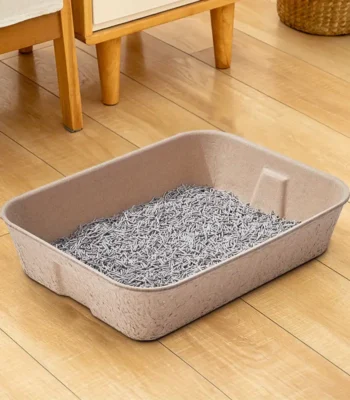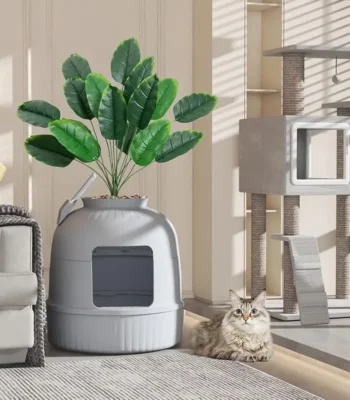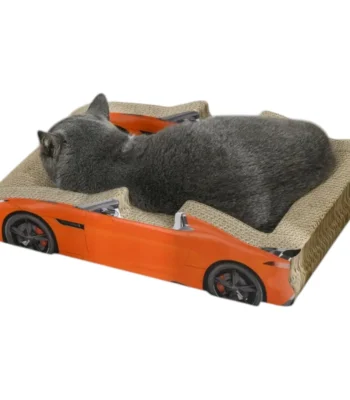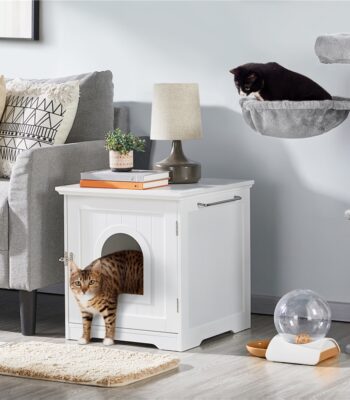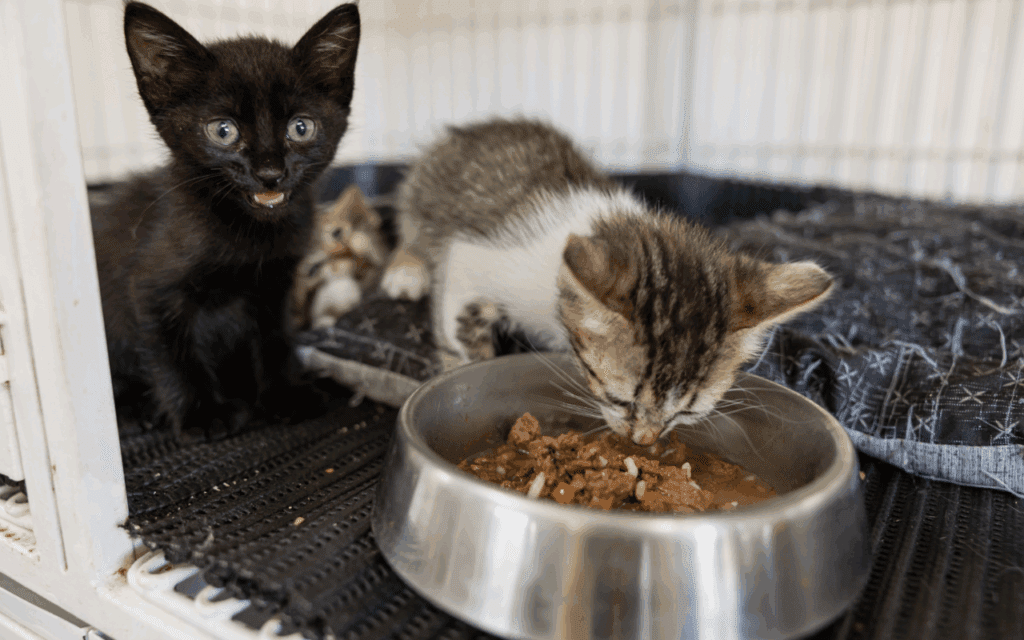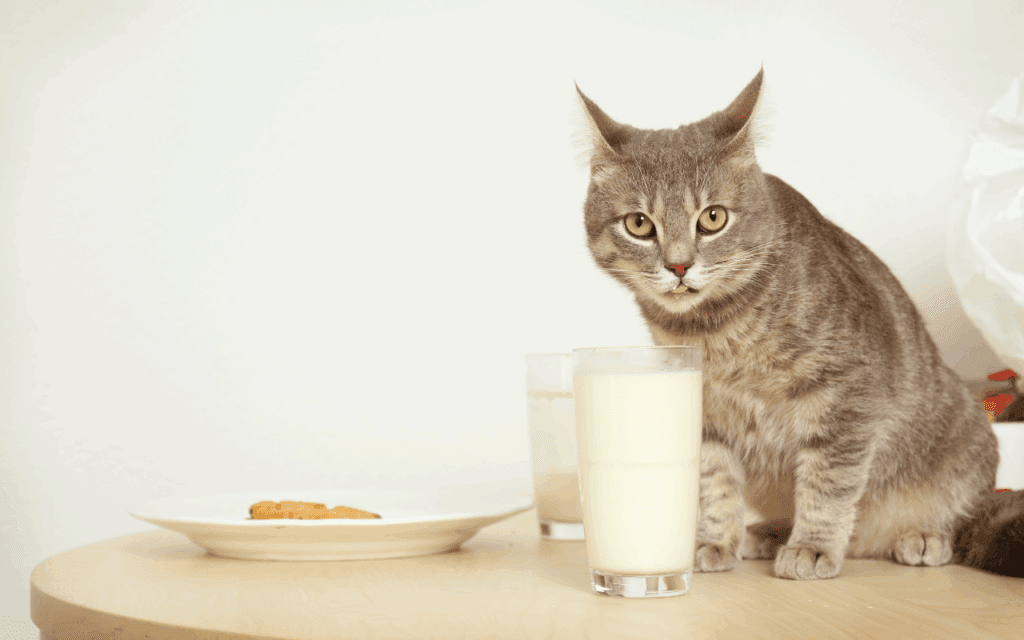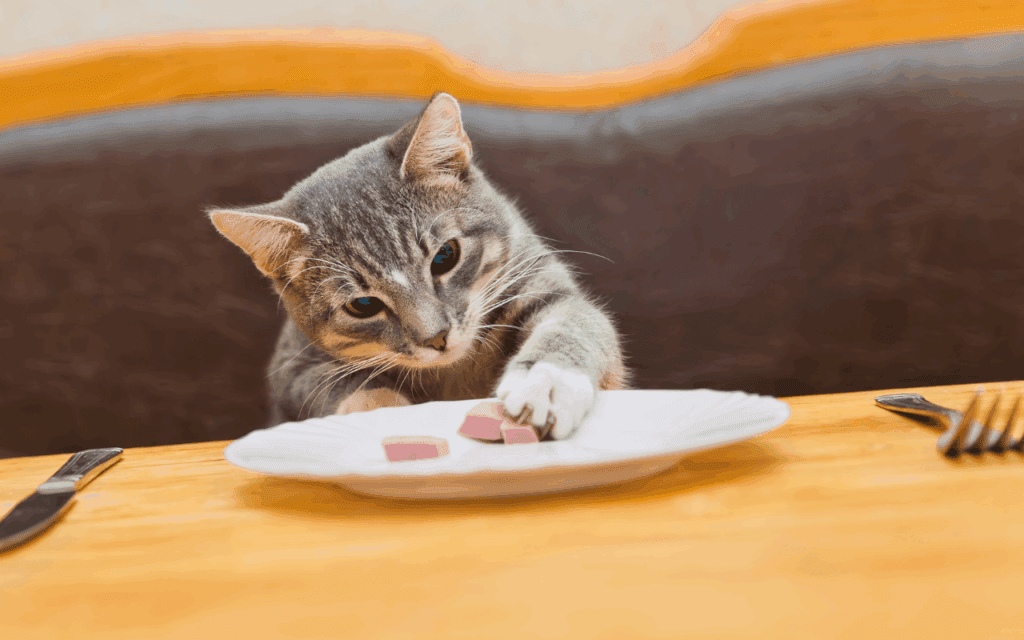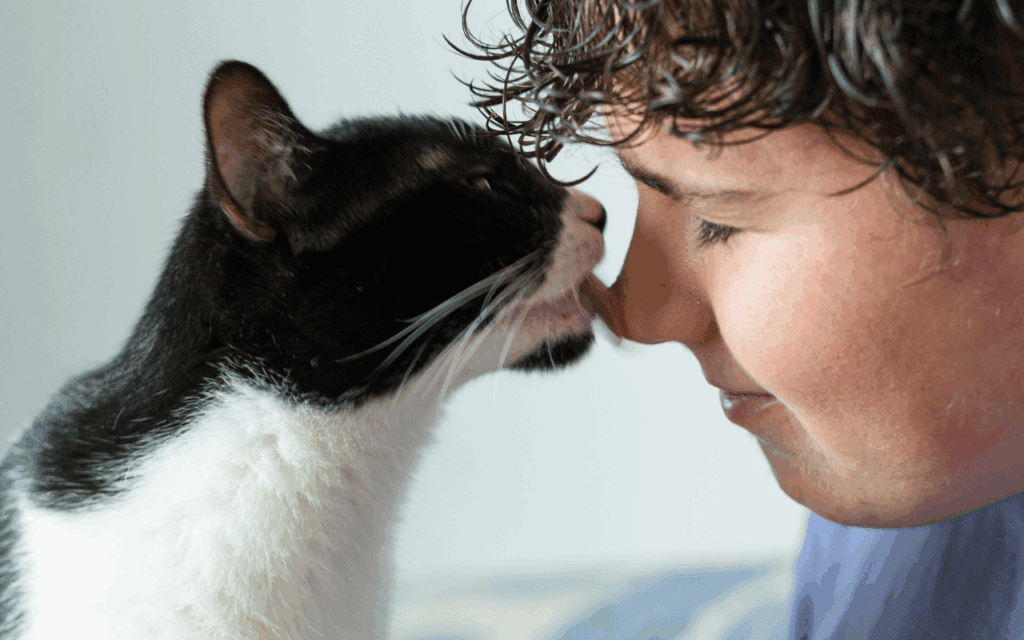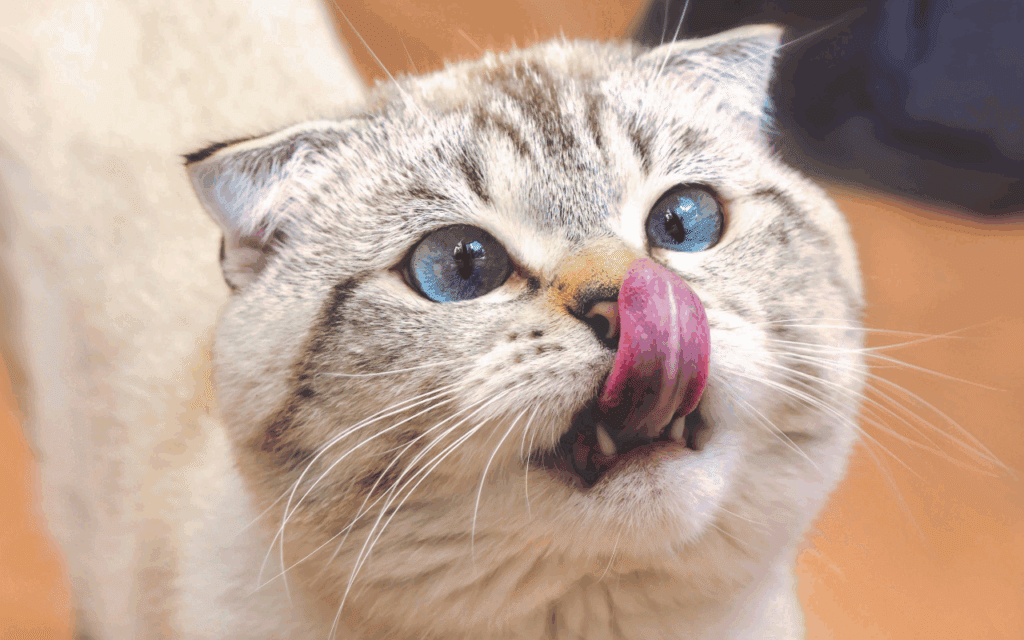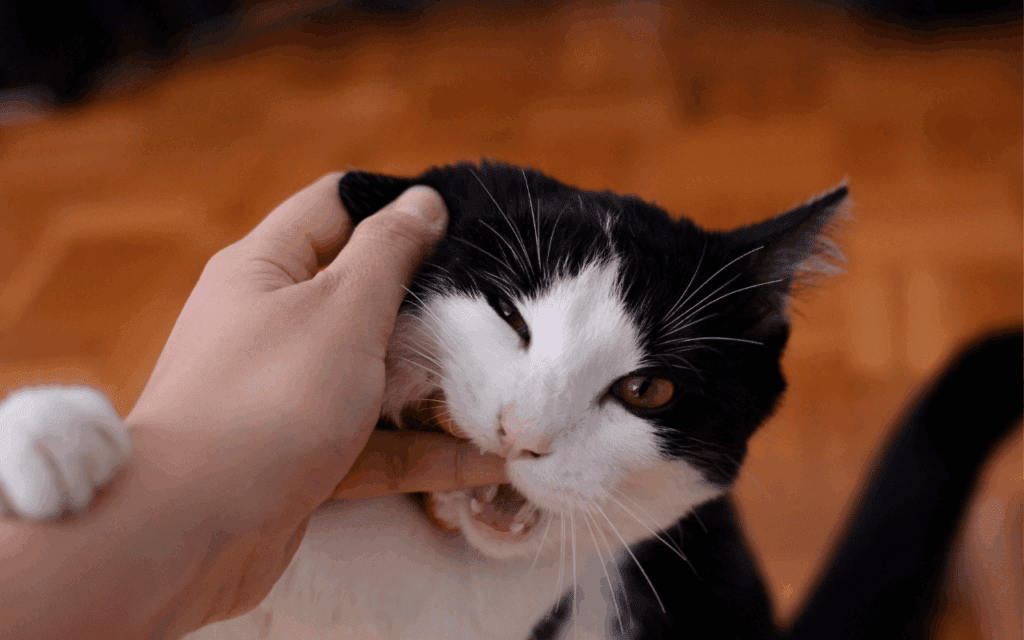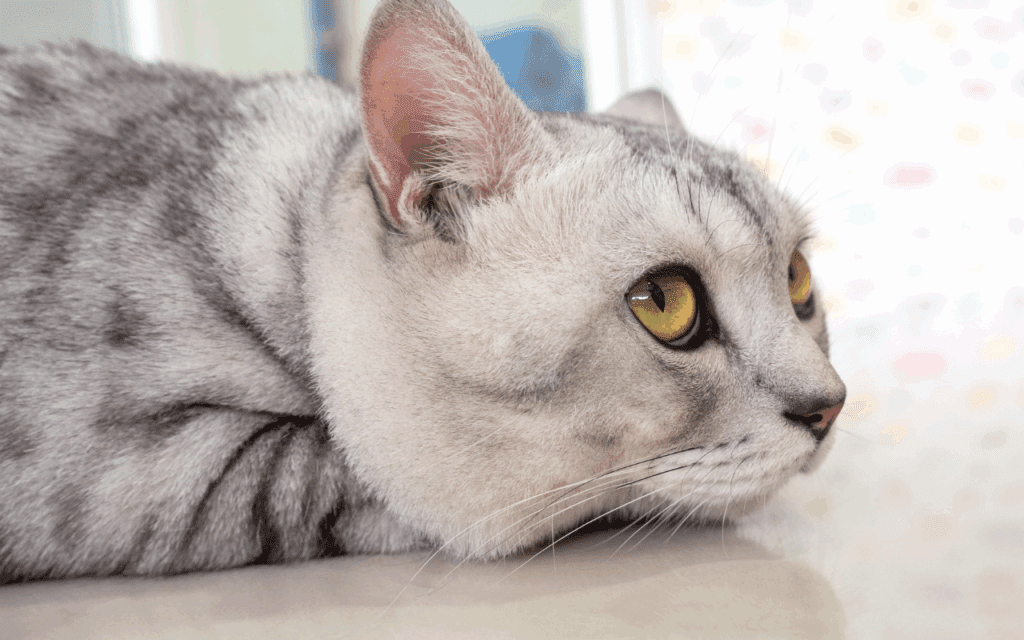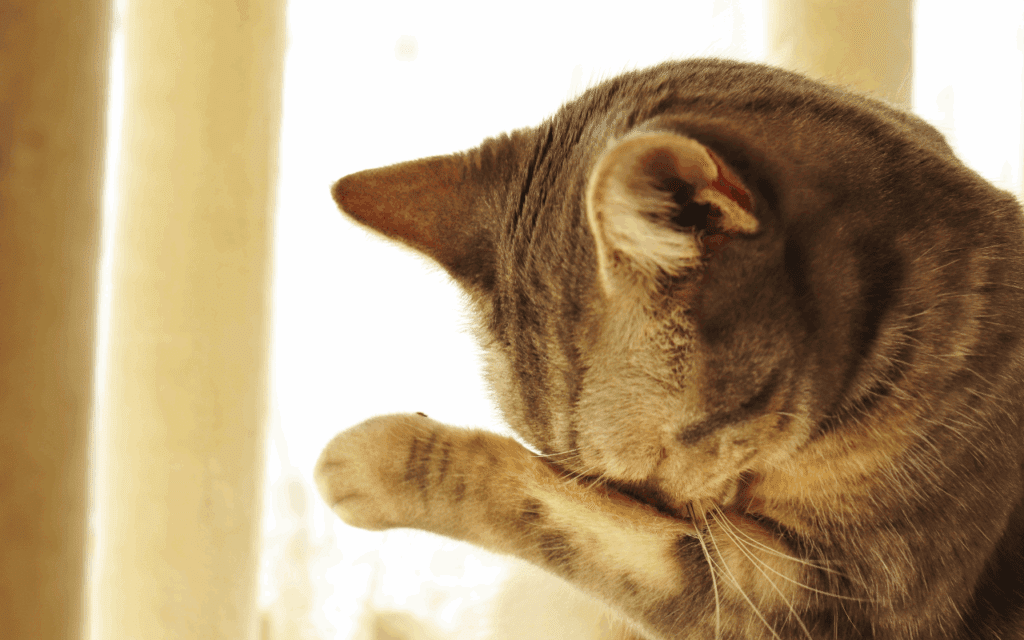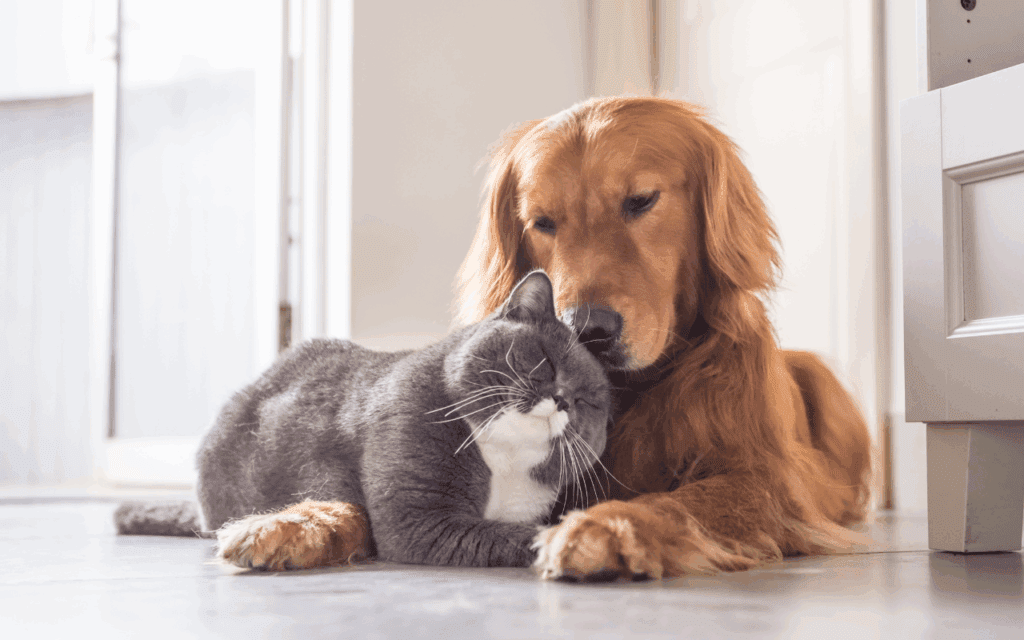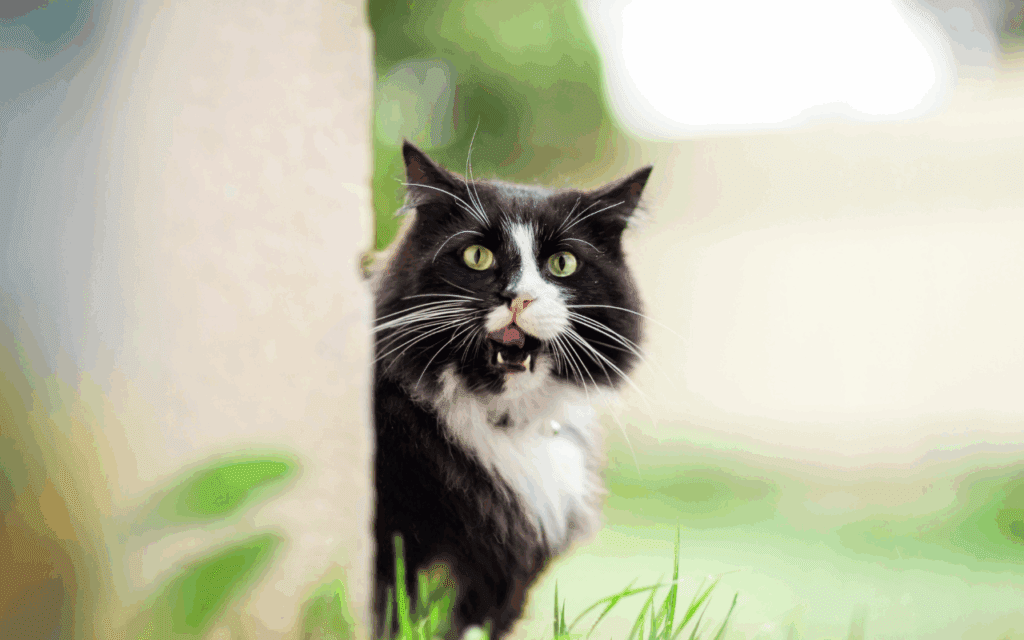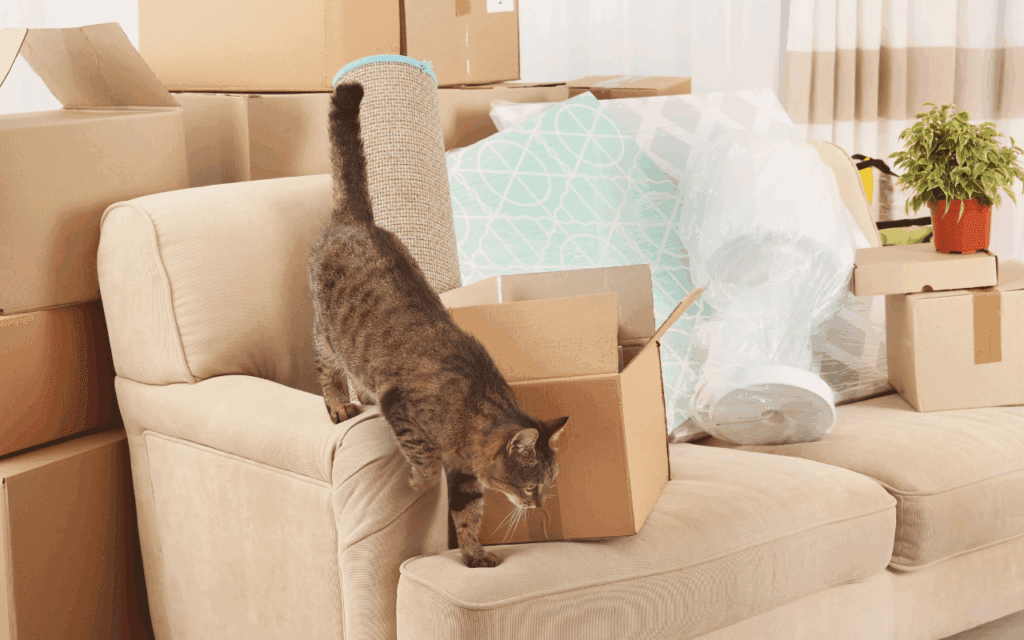Ragdoll Cat Breed Information
Ragdoll cats are adored for their striking blue eyes, silky coats, and gentle, affectionate nature. These large, muscular cats are known as “lap cats” because of their deep love for human interaction.
-
Distinctive blue eyes that sparkle like sapphires
-
Silky, plush coats requiring moderate grooming
-
Known for going limp when picked up (though not all do this)
-
Generally quiet with soft, chirpy meows
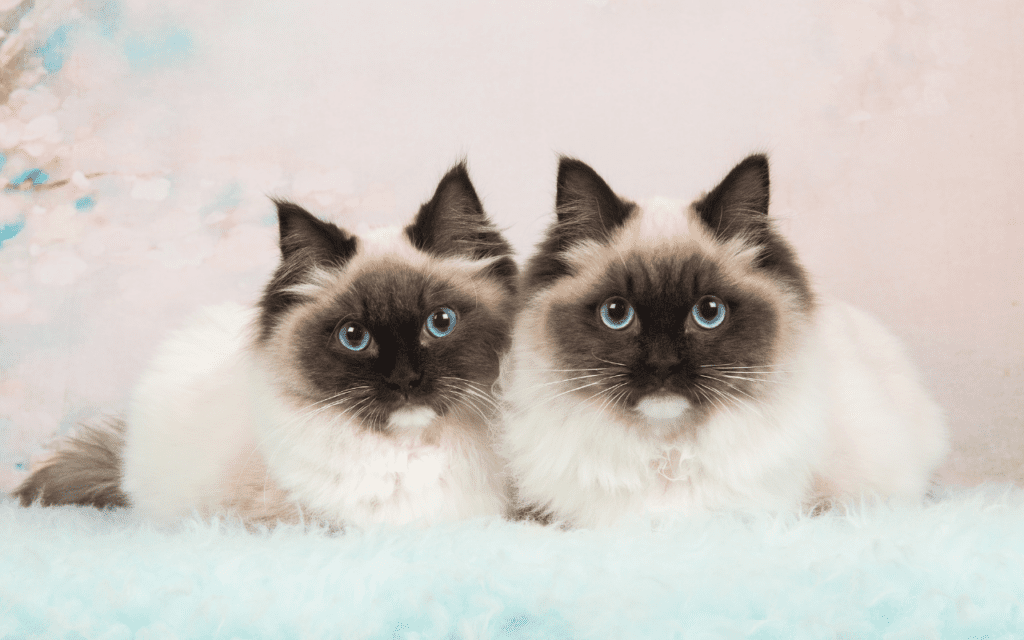
Quick Facts About Ragdoll Breed
- Long Haired
- Large Size
- Medium Grooming Needs
- Low Energy Levels
- Medium Shedding
- Low Vocalisation

Table of Contents
Ragdoll Breed History and Origins
The Ragdoll cat breed was developed in the 1960s by American breeder Ann Baker, who selectively bred cats for their relaxed temperament and stunning colourpoint coats.
- Developed from a white domestic longhair named Josephine
- Named “Ragdoll” due to their tendency to go limp when picked up
- First arrived in the UK in 1981, quickly becoming a popular pedigree breed
- Recognised by The International Cat Association (TICA) and the Governing Council of the Cat Fancy (GCCF)
Despite their mysterious origins, Ragdolls are now one of the most popular cat breeds in the UK!
Understanding the Ragdoll Temperament
If you’re after a calm, affectionate, and people-oriented cat, the Ragdoll is purrfect!
- Exceptionally patient and gentle – great with children
- Highly social – hates being left alone for long periods
- Dog-like behaviour – follows owners from room to room
- Non-aggressive and laid-back – gets along well with other pets
- Loves interactive play – but not overly energetic
Ragdolls thrive in homes where they receive plenty of attention. They are not independent cats, so if you’re often away, consider getting a second pet for companionship.
Key Characteristics of Ragdoll Cats
Ragdolls take up to 4 years to reach full size and coat maturity. Their slow development results in their impressive size and luxurious fur.
- Semi-longhaired coat – plush, soft, and easy to maintain
- Distinctive colourpoint markings – come in colourpoint, mitted, or bicolour patterns
- Wide range of colours – seal, blue, chocolate, lilac, red, and cream
- Large, strong build – one of the biggest domestic cat breeds
Each Ragdoll kitten is born white and develops its final colours and markings over time!
Common Ragdoll Cat Health Issues
Ragdolls are generally healthy but, like all pedigree breeds, they have some breed-specific health concerns.
- Hypertrophic cardiomyopathy (HCM) – a common heart disease in cats
- Polycystic kidney disease (PKD) – inherited kidney issues (less common in well-bred Ragdolls)
- Joint problems – due to their large size and weight
- Obesity risk – due to their low activity levels
Regular vet check-ups and a balanced diet are essential for keeping your Ragdoll healthy.
Ragdoll Compatibility with Families and Other Pets
Ragdolls are one of the best family cats due to their gentle, affectionate nature.
- Great with children – patient and tolerant
- Thrives in a home with company – prefers someone home most of the time
- Adapts well to apartment living – despite their size
- Gets along with other pets – including cat-friendly dogs
They prefer a peaceful environment but can adjust to moderate activity.
Should Ragdoll's Be Indoor Cats?
Ragdolls should absolutely be kept indoors for their own safety. Their trusting nature and lack of street smarts make them particularly vulnerable outdoors. These sweet souls simply don’t have the survival instincts or defensive behaviors needed to stay safe outside.
-
Lack normal cat street smarts and defense mechanisms
-
Valuable cats that may be stolen if allowed outside
-
May approach strangers or cars without fear
-
Thick coats can lead to overheating in warm weather
-
Can enjoy supervised outdoor time in secure enclosures
Essential Grooming Tips for Ragdoll Cats
Despite their plush coats, Ragdolls are surprisingly low-maintenance.
- Brush 2–3 times per week – prevents knots and reduces shedding
- Seasonal shedding – heavier in spring and autumn
- Trim nails regularly – to prevent overgrowth
- Check ears and eyes weekly – keep them clean to avoid infections
Regular grooming keeps your Ragdoll looking fabulous and prevents matting and hairballs.
Proper Nutrition and Feeding for Ragdoll
Ragdolls require a high-protein diet (over 50% animal proteins) to support their muscular build, with whole-meat-based wet food being ideal. Key considerations include:
-
Hydration: Wet food helps maintain urinary health, as they are poor water drinkers.
-
Portion Control: Avoid overfeeding to prevent obesity, adjusting portions based on life stage (kitten, adult, senior).
-
Avoid Carbs: Low-carb diets minimise weight gain and digestive sensitivities
Interesting Facts About Ragdoll Cats
- One of the largest domestic cat breeds
- Born white – develops colours as they age
- Often called “puppy cats” – due to their dog-like behaviours
- Second most popular breed in the UK (GCCF ranking)
- Originally bred for their affectionate, relaxed temperament
Ragdoll Breed FAQ's
Are Ragdolls good for first-time cat owners?
Yes! Their gentle nature and low-energy temperament make them great for first-time owners. However, they do require regular grooming and vet check-ups.
Can Ragdolls be left alone during the day?
Ragdolls dislike being left alone for long periods. If you work long hours, consider: A second pet for company, Interactive toys and puzzle feeders, A pet camera to monitor them remotely.
Why do Ragdolls need regular vet check-ups?
Their predisposition to heart disease (HCM) and joint issues makes annual vet visits essential. Early detection can significantly increase their lifespan.
Do Ragdolls always go limp when picked up?
Not always! While some Ragdolls exhibit the classic floppy trait, others prefer to stay alert when held.
Are Ragdolls hypoallergenic?
No, Ragdolls are not hypoallergenic. They shed moderately, and while they produce less Fel d 1 protein than some breeds, they can still trigger allergies.
Similar Breeds
Several breeds share traits with Ragdolls but have their own distinct characteristics. If you love Ragdolls, you might also appreciate these similar but unique feline friends.
-
Birman: Similar colourpoint pattern with distinctive white “gloves,” but smaller and more active than Ragdolls
-
Maine Coon: Matches the Ragdoll’s size but has a different coat type and more wild appearance
-
Siberian: Shares the fluffy coat and friendly personality but has a more athletic build
-
Norwegian Forest Cat: Another large, fluffy breed but more independent than Ragdolls
-
Sacred Birman: Looks similar with colourpoint markings but has a different temperament and history
Conclusion
Ragdolls are one of the best cat breeds for families, singles, and seniors. Their loving, laid-back nature, combined with their stunning appearance, makes them an ideal companion.
✔️ Perfect for those seeking an affectionate, relaxed pet
✔️ Requires moderate grooming and regular vet care
✔️ Best suited for indoor living
✔️ Provides years of loyal companionship
Thinking about adopting a Ragdoll? Be ready for a lifetime of love, snuggles, and companionship! 🐾
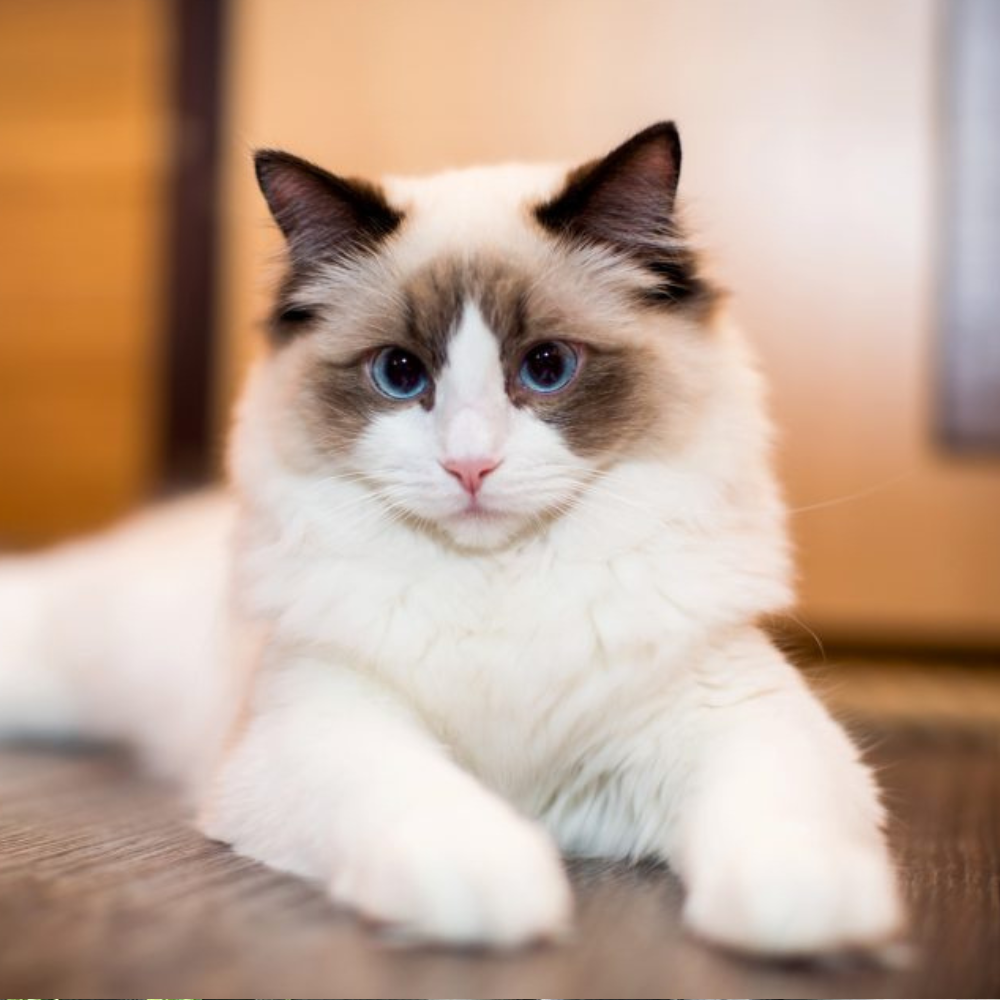
Cat mad
The team at Cat Mad are lifelong cat enthusiasts and regularly give cats loving homes through fostering and adoption. With over 50 years of combined hands-on experience caring for cats of all breeds and temperaments, we share our knowledge and insights to help cat owners provide the best possible care for their furry friends.
Cat mad
The team at Cat Mad are lifelong cat enthusiasts and regularly give cats loving homes through fostering and adoption. With over 50 years of combined hands-on experience caring for cats of all breeds and temperaments, we share our knowledge and insights to help cat owners provide the best possible care for their furry friends.
Latest Cat Mad Blogs
Are Cats Lactose Intolerant? Cats and Milk Explained
-
Posted by
 Cat Mad
Cat Mad
- 0 comments
What human food can cats eat & what to avoid
-
Posted by
 Cat Mad
Cat Mad
- 0 comments
Why Does My Cat Bite My Nose?
-
Posted by
 Cat Mad
Cat Mad
- 0 comments
How much wet cat food should I feed my cat?
-
Posted by
 Cat Mad
Cat Mad
- 0 comments
Why Does My Cat Bite Me Then Lick Me?
-
Posted by
 Cat Mad
Cat Mad
- 0 comments
Do Cats Get Bored? Signs, Causes, and How to Help
-
Posted by
 Cat Mad
Cat Mad
- 0 comments
Do Cats Cry? Understanding Their Watery Eyes
-
Posted by
 Cat Mad
Cat Mad
- 0 comments
The Ultimate Guide to Mixing Cats and Dogs
-
Posted by
 James
James
- 0 comments
How to Make Sure Your Cat Comes Home
-
Posted by
 James
James
- 0 comments
Tips for Stress-Free Moving with Cats
-
Posted by
 James
James
- 0 comments
Can You Use Sudocrem or Savlon on Cats? What Vets Want You to Know
-
Posted by
 Cat Mad
Cat Mad
- 0 comments

